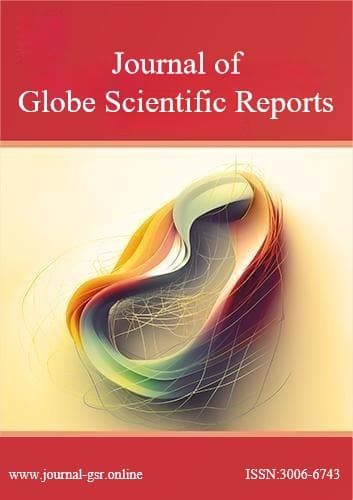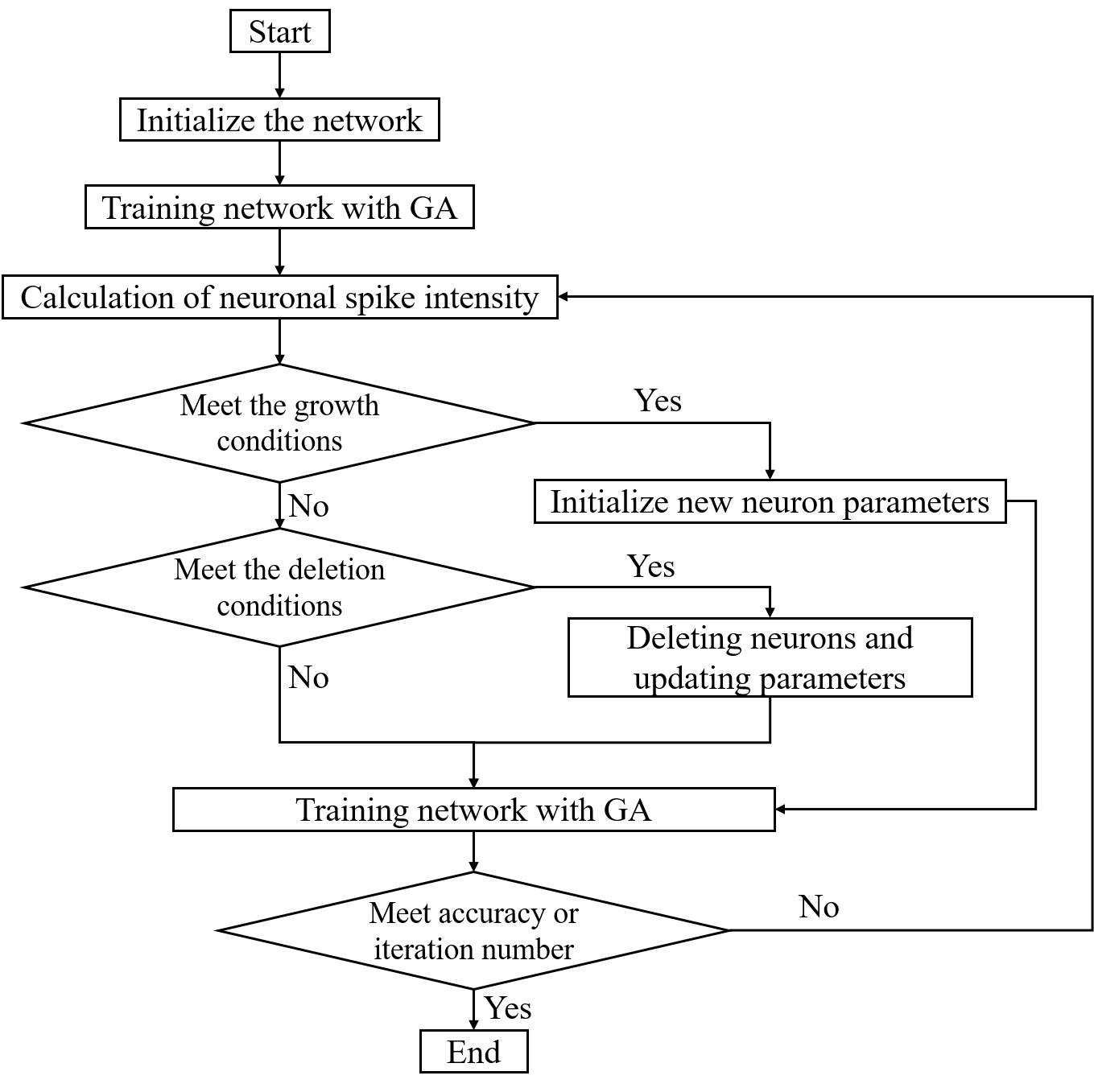 An open access journal
An open access journal
Advanced Materials in Aerospace Engineering: Enhancing Aviation and Space Exploration
Abstract
Advanced materials have revolutionized aerospace engineering, enabling advancements in aviation and space exploration. This paper explores the significance of advanced materials, emphasizing their role in improving aircraft performance, spacecraft durability, and fuel efficiency. It delves into various aspects, including composite materials, superalloys, and thermal protection systems. The discussion includes the benefits of advanced materials in aerospace applications, such as reduced weight, increased strength, and enhanced resistance to extreme conditions. Moreover, the paper addresses the challenges and considerations in implementing advanced materials in aerospace, including certification processes, cost-effectiveness, and sustainability. Through a review of aerospace innovations and research findings, the study highlights the positive outcomes associated with the integration of advanced materials, including safer and more efficient air and space travel.
Share and Cite
Article Metrics
References
- Ashby, M. F. (2010). Materials Selection in Mechanical Design. Butterworth-Heinemann.
- Bhadeshia, H. K. D. H. (2001). Introduction to the physical metallurgy of welding. CRC Press.
- Cook, D. C., & Jones, R. M. (2005). Handbook of textile fibres. Volume 2 Man-made fibers. Woodhead Publishing.
- Hull, D., & Clyne, T. W. (1996). An Introduction to Composite Materials. Cambridge University Press.
- Ley, M., Wittmann, K., & Hallmann, W. (2006). Handbook of space technology. John Wiley & Sons.






